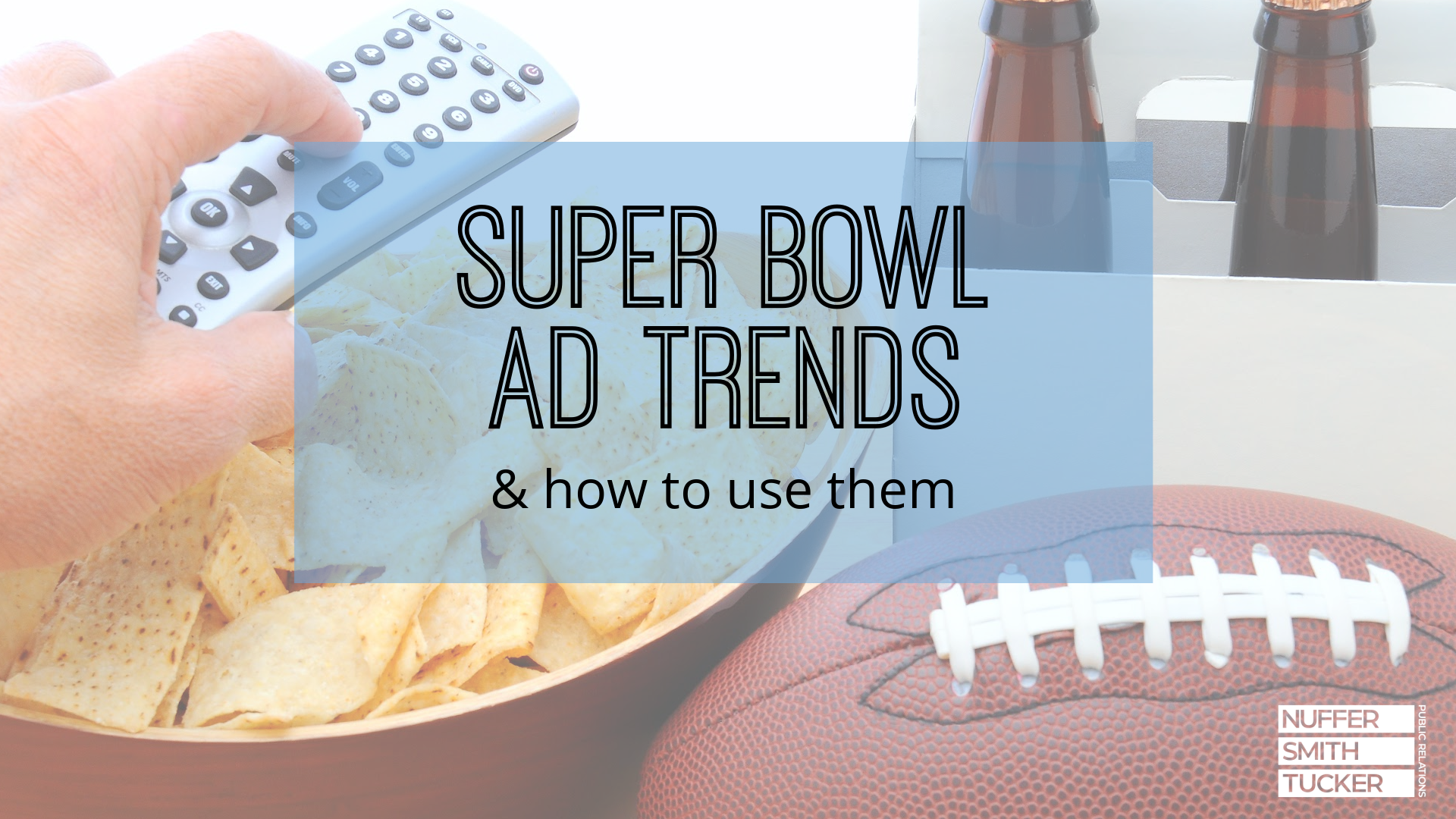It’s no secret that the Super Bowl is one of the biggest television events of the year. And while the results of the big game might have mattered most to the fans and players of the Los Angeles Rams as they hoisted the Lombardi Trophy, it’s estimated that 22 percent of viewers mostly cared about seeing showy, memorable and sometimes outrageous ads in between plays.
This year, NBC set a record deal for the cost of a 2022 Super Bowl ad, asking $6.5 million per 30-second commercial, an increase from the $5.5 million price tag in 2021. The broadcast network and the NFL – including brands that buy ad space – are well aware of the impact a Super Bowl ad can have on consumers.
Super Bowl ads often set the tone for the year on consumer trends, showcasing potential changes in market demand and experimenting with new approaches that cause many professionals to keep an eye on the consumer response. And while last year’s Super Bowl ads featured a resounding salute to the country’s resilience as we settled into one full year of the pandemic, this year the tone of the Super Bowl ads sang a different tune.
We’ve identified three major trends we expect to carry through the year:
Lighthearted Ads with A Sense of Escapism
After two years of ad messaging centered around the pandemic, it’s no secret that many consumers are looking for an escape. As a result, the overall trend of this year’s ads was resoundingly lighthearted. For example, Amazon featured A-list couple Scarlett Johansson and Colin Jost in their commercial that imagines a world if Amazon’s Alexa could read minds. And Frito-Lay showcased the voices of music stars Charlie Puth and Megan Thee Stallion as we find out what could happen if animals were to get a hold of their new Flamin’ Hot offerings.
Expedia capitalized on the sentiment that consumers are ready for an adventure. While not promoting anything specifically, the travel planning company urged viewers to stop thinking about physical “stuff” we can buy, but instead, to choose to travel.
Tapping into consumers’ emotions can be a great way for your organization to stand out from the crowd. As we’ve seen in this year’s Super Bowl ads, audiences are ready to laugh again and want to escape from the status quo.
Personal Wellness
While mentions of COVID-19 were seldom made in this year’s ads, many brands focused their messages on promoting personal wellness and overall wellbeing.
First time advertiser and medical technology company Hologic featured an ad starring Mary J. Blige following her through her busy daily schedule where she notably makes time for her annual health screening with her doctor.
You don’t have to be a wellness brand to promote physical and mental health. Over the last several years, people have put their physical and mental wellbeing at the top of their priority list, and it’s time that brands and organizations recognize that too.
Finding Comfort in Nostalgia
With ads featuring beloved stars from iconic television shows, movies and music from the last several decades, many brands aimed to connect with viewers by pulling on our heart strings with star power and nostalgia.
Chevrolet’s promotion of its new electric vehicles featured the opening theme song from “The Sopranos,” following the actors who played Meadow Soprano and A.J. Soprano recreating the opening scene from the early 2000’s television show. If seeing the Soprano children all grown up wasn’t enough to turn your attention to the screen, hearing the theme song play throughout your living room was sure to do it.
And while 5G may be the way of the future, Verizon tapped into nostalgia with airtime showcasing it’s 5G internet offerings, bringing back the hilarious character from the late 1990’s comedy “The Cable Guy” with star Jim Carrey, who, to his surprise, find his cable services are no longer needed with the speeds of at-home internet.
Lastly, a personal favorite was an ad that featured 60-seconds of a bouncing QR code over soothing music that lasted just long enough to pique your interest. Once scanned, the code took you to cryptocurrency exchange Coinbase’s webpage, which crashed due to the influx of traffic. And while the ad may not have featured flashy superstars, it sure caught the attention of millions and shows us that QR codes are here to stay.
Identifying advertising trends is only the beginning. If your organization needs help connecting with your target audiences or creating a strategy leveraging any of these trends to communicate your organization’s messages, NST is here to help.

